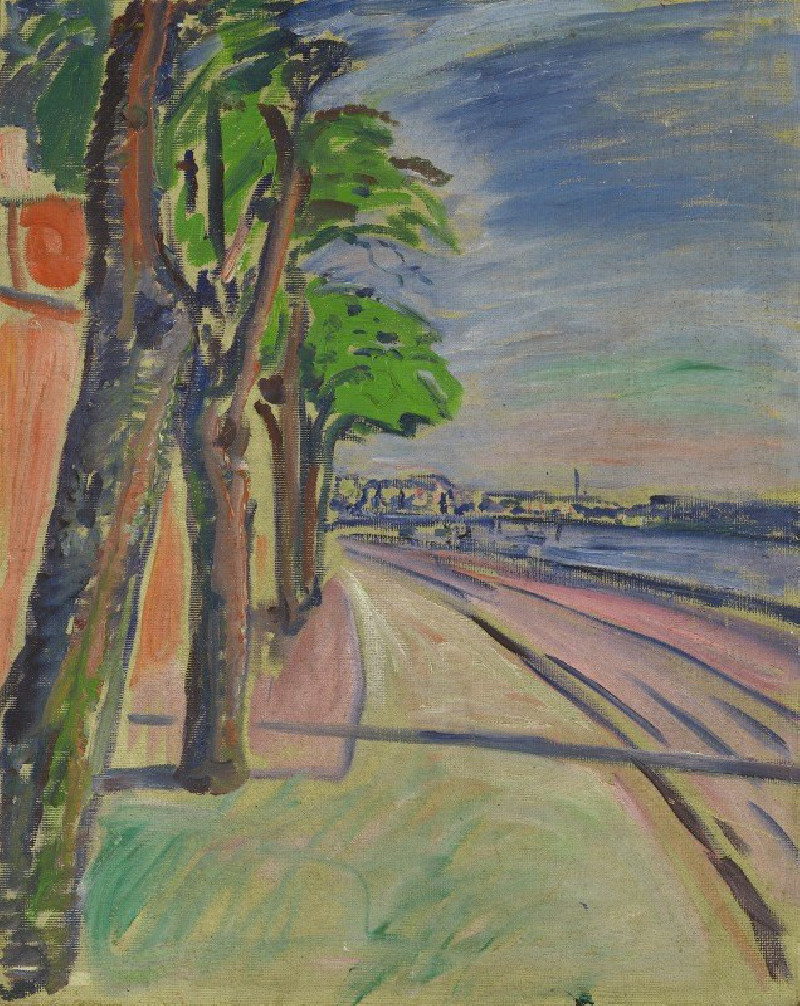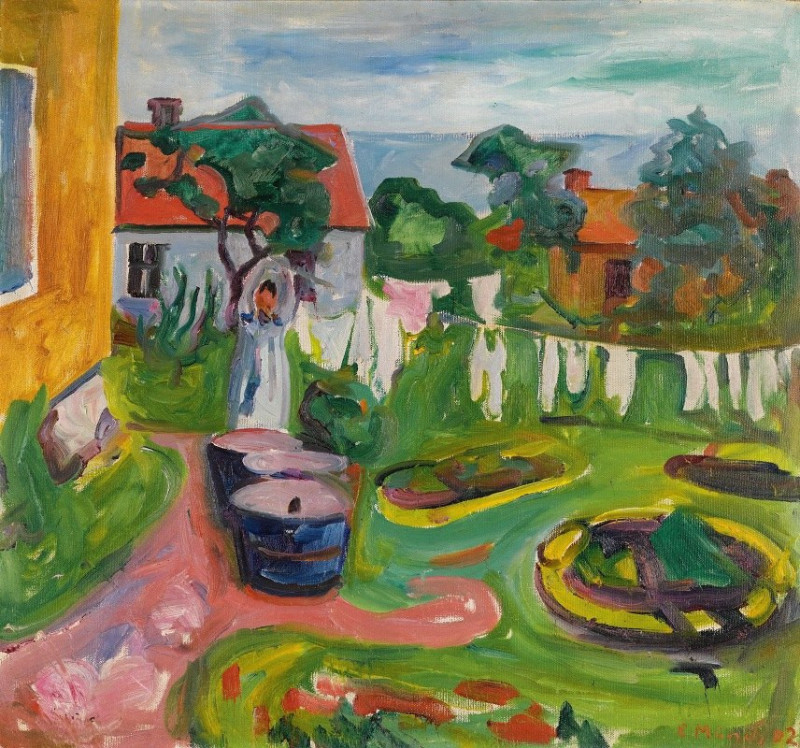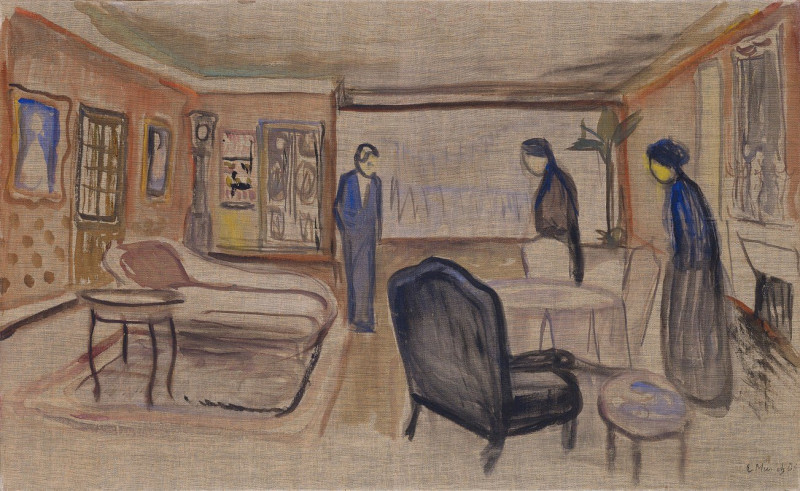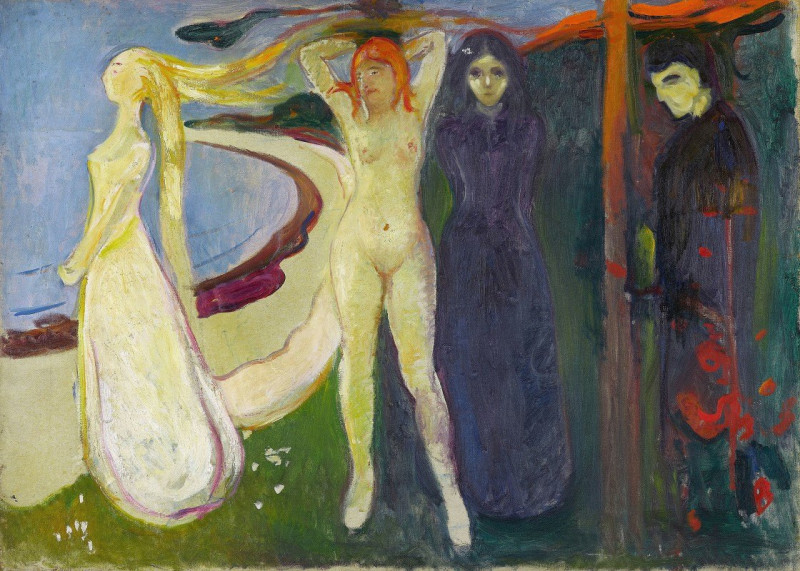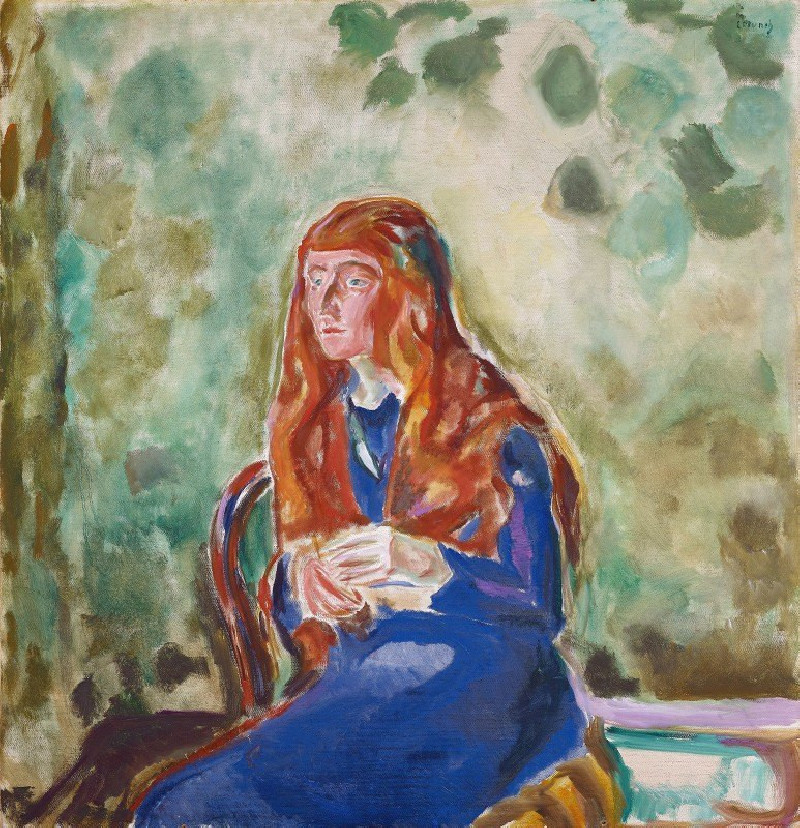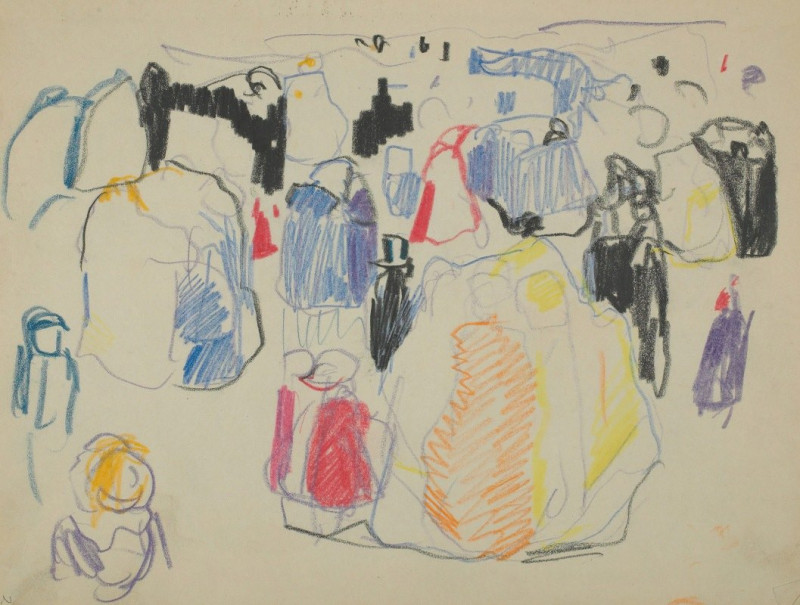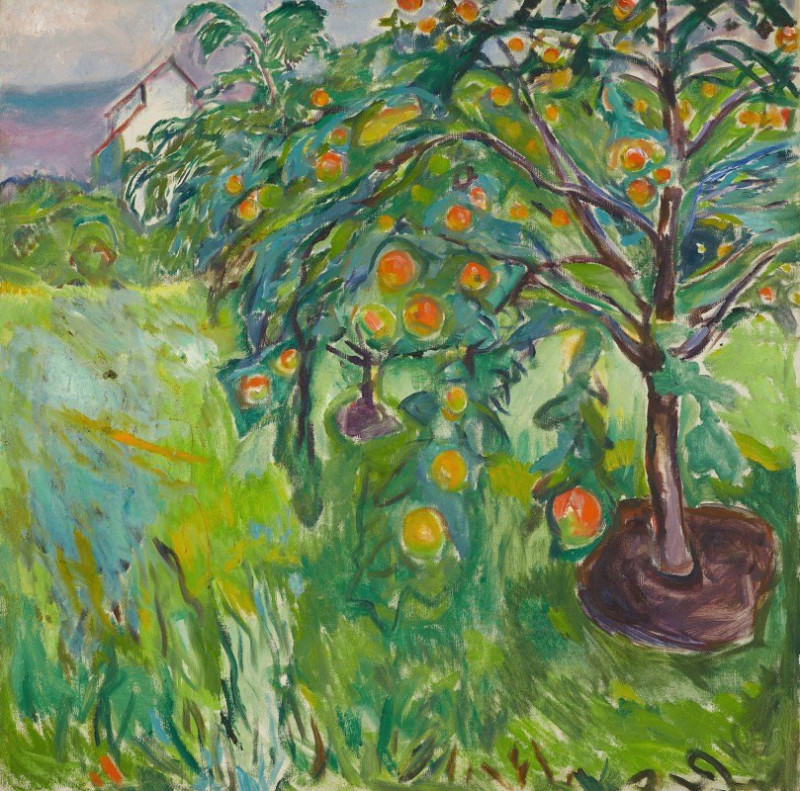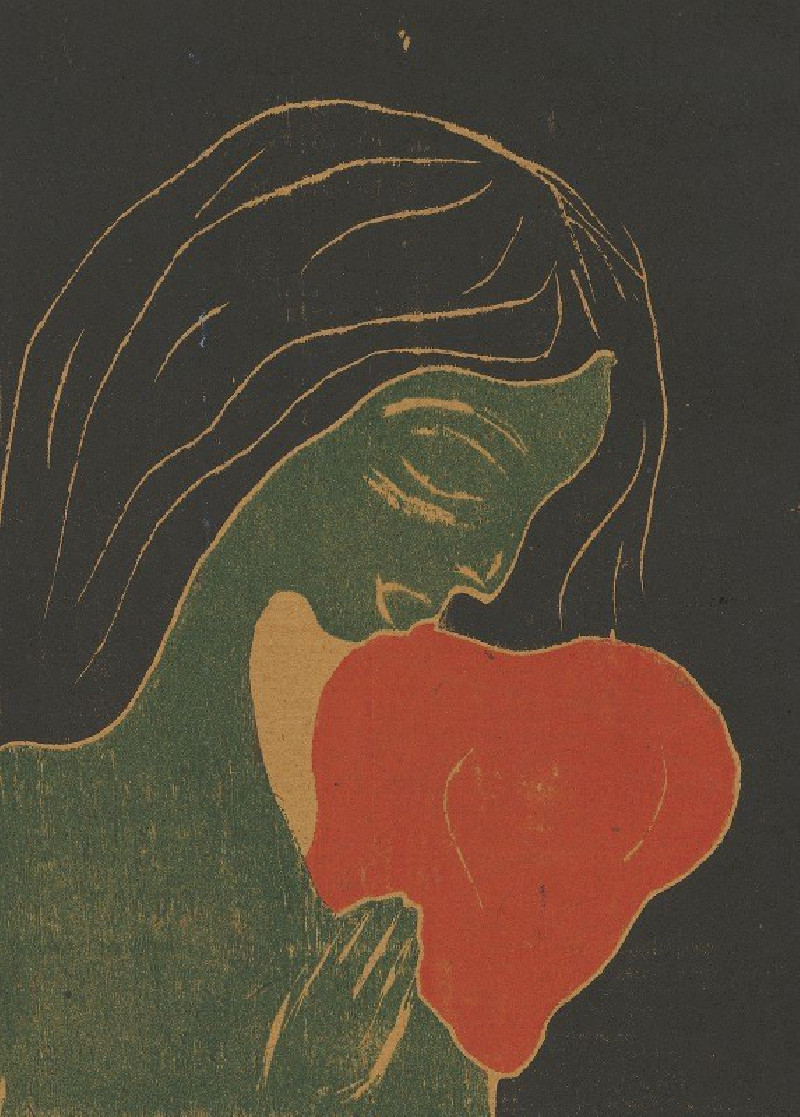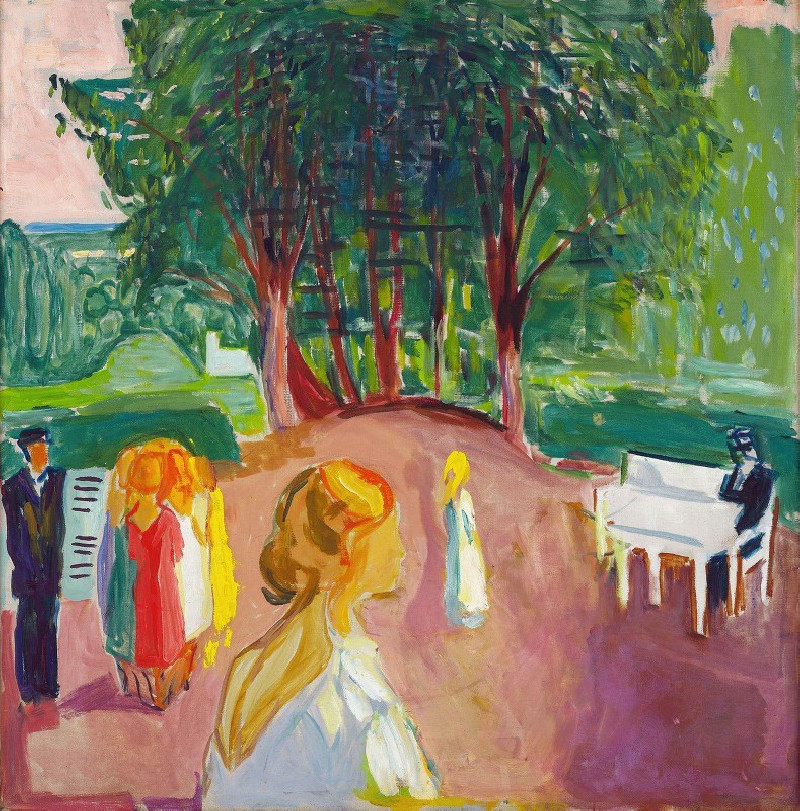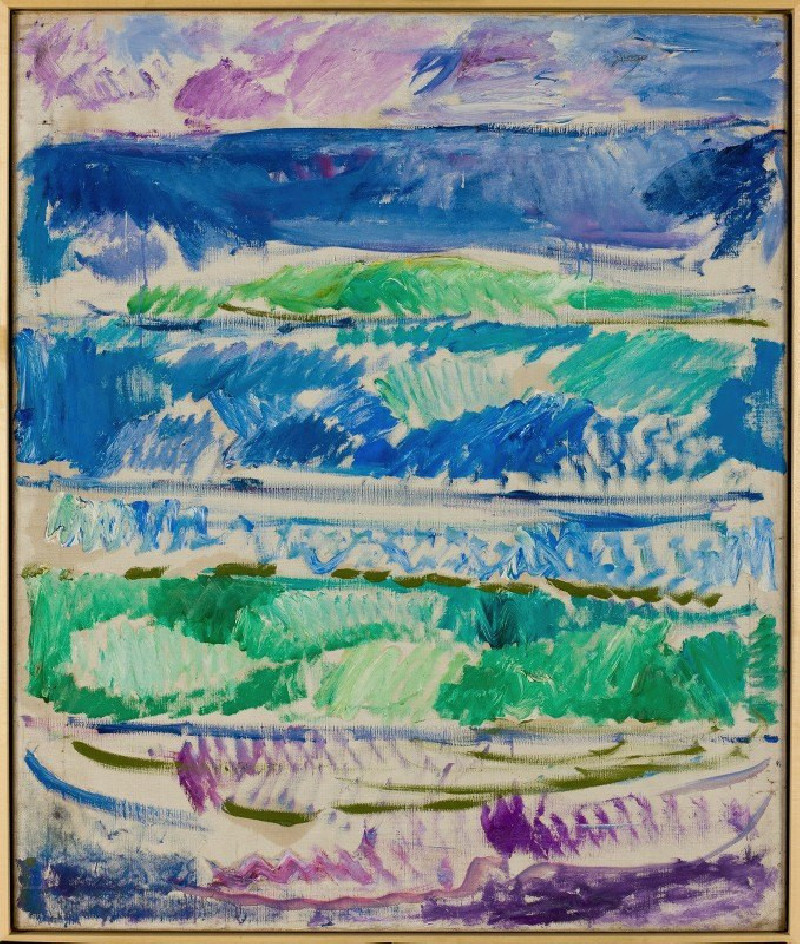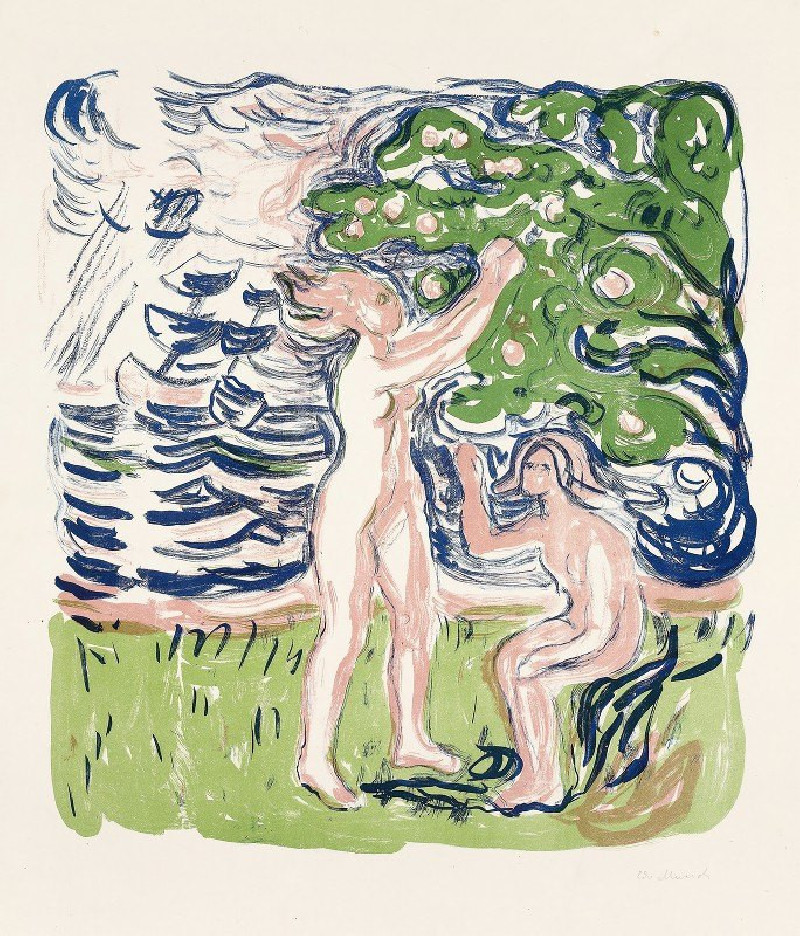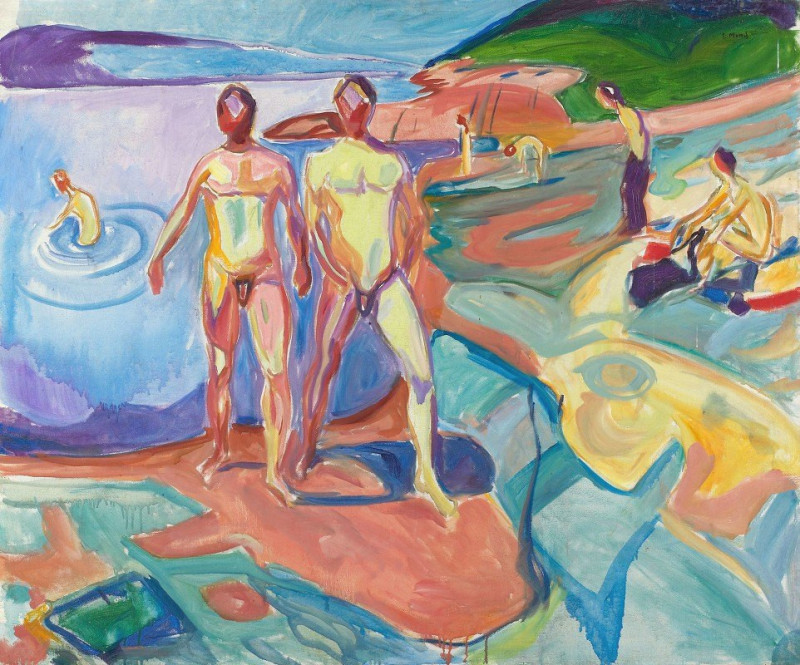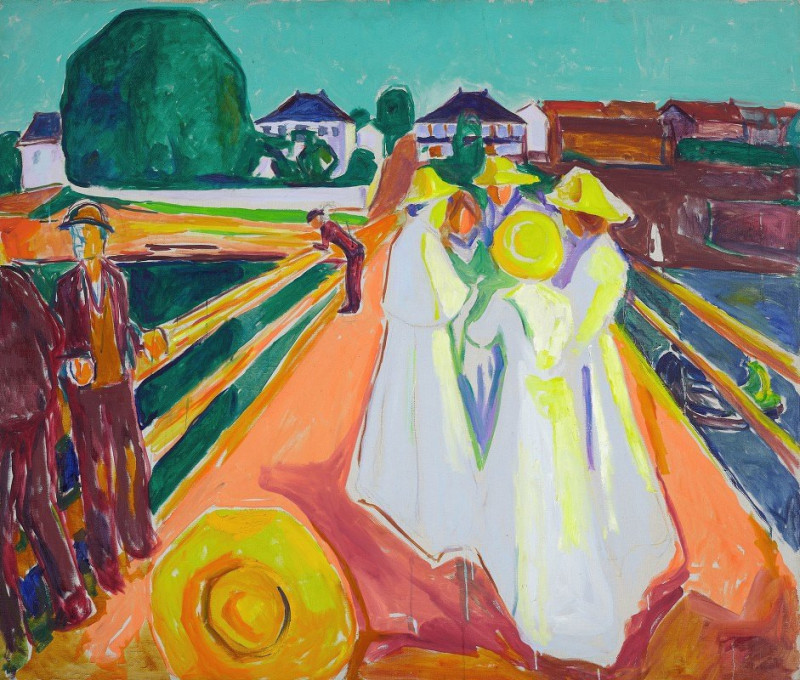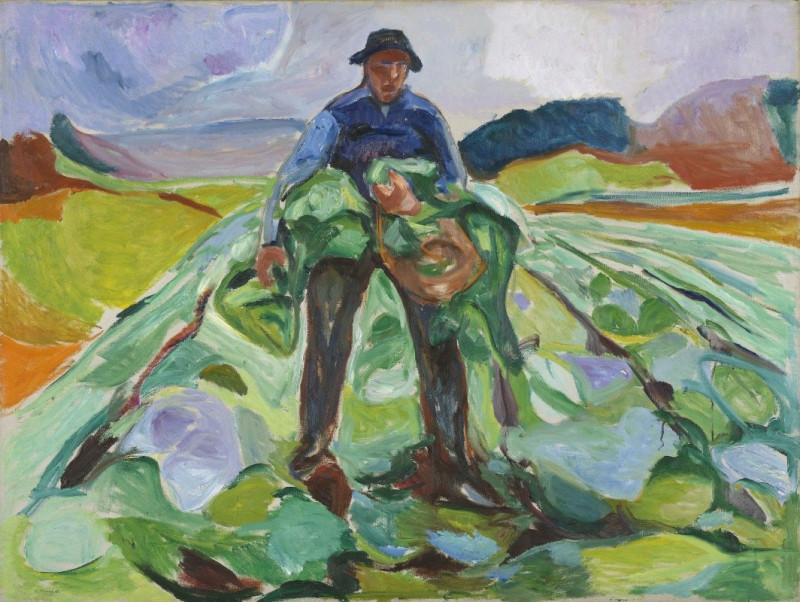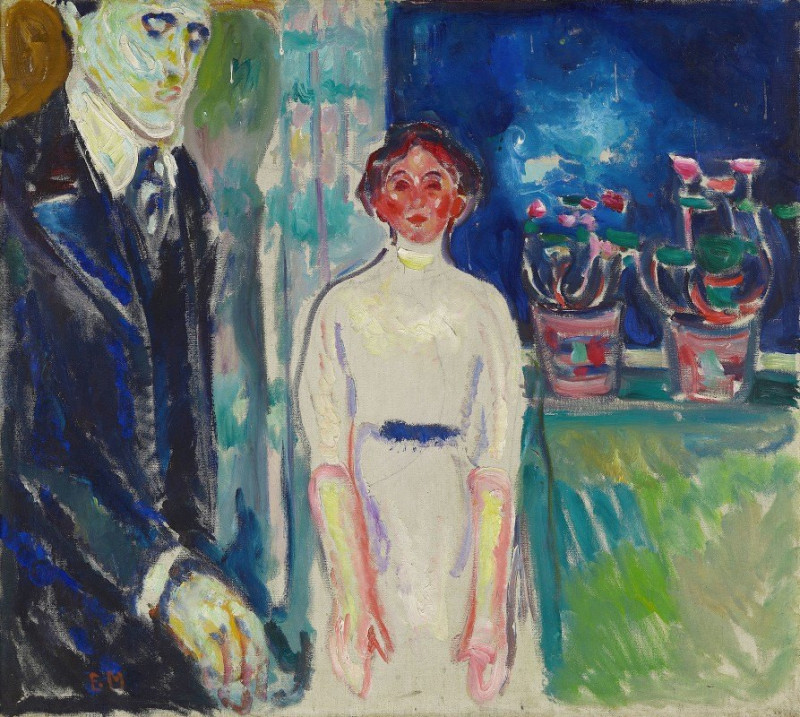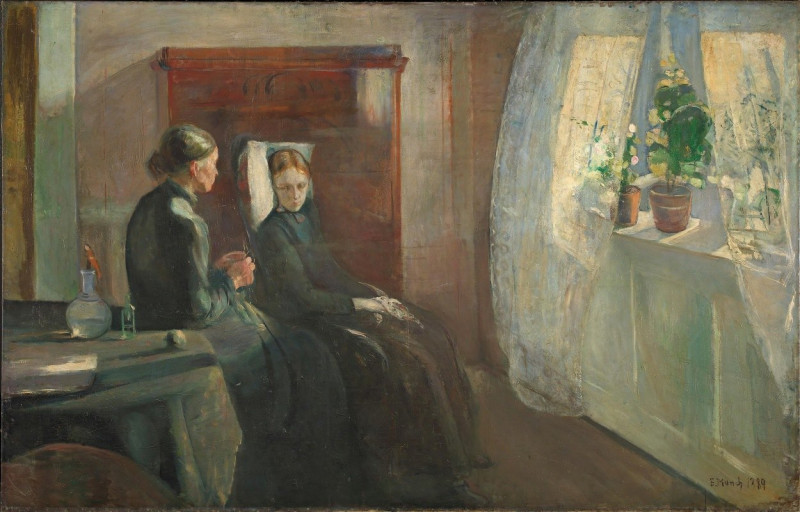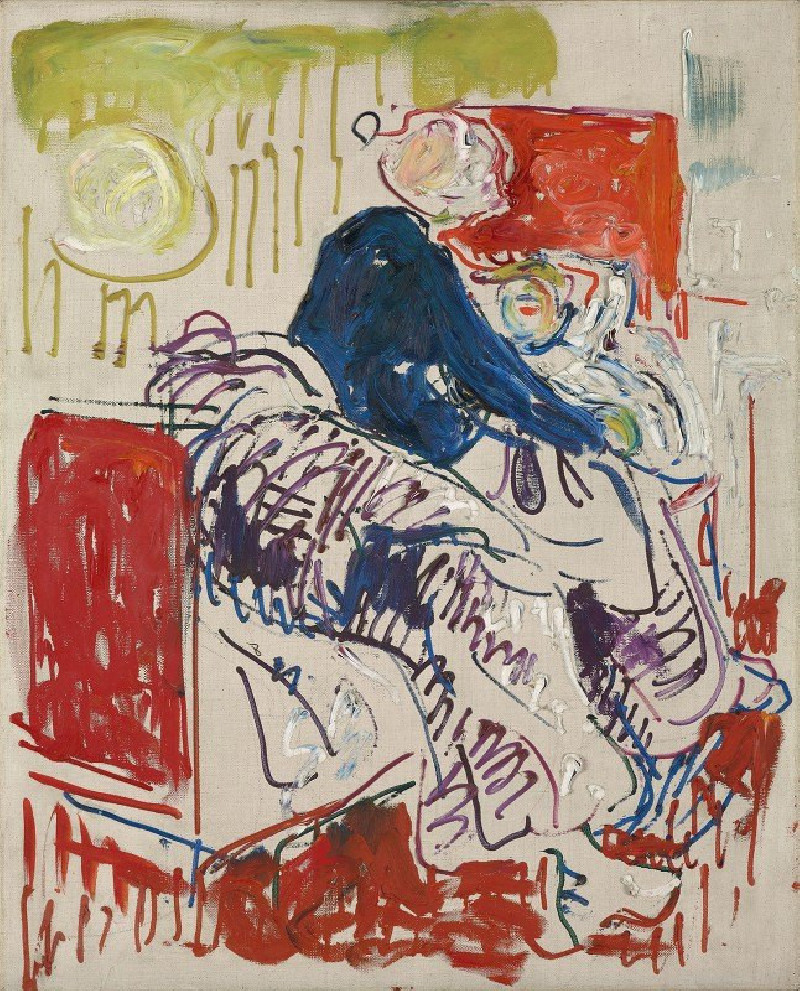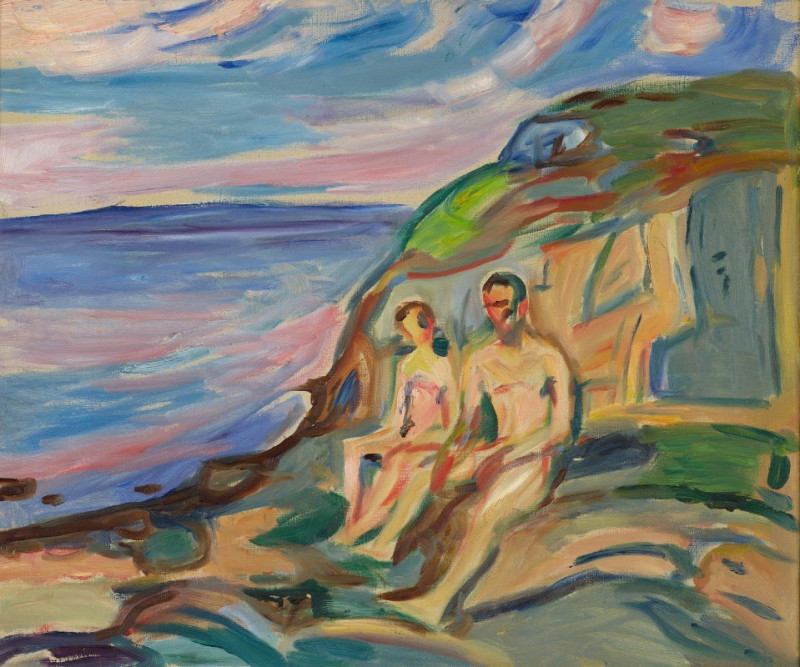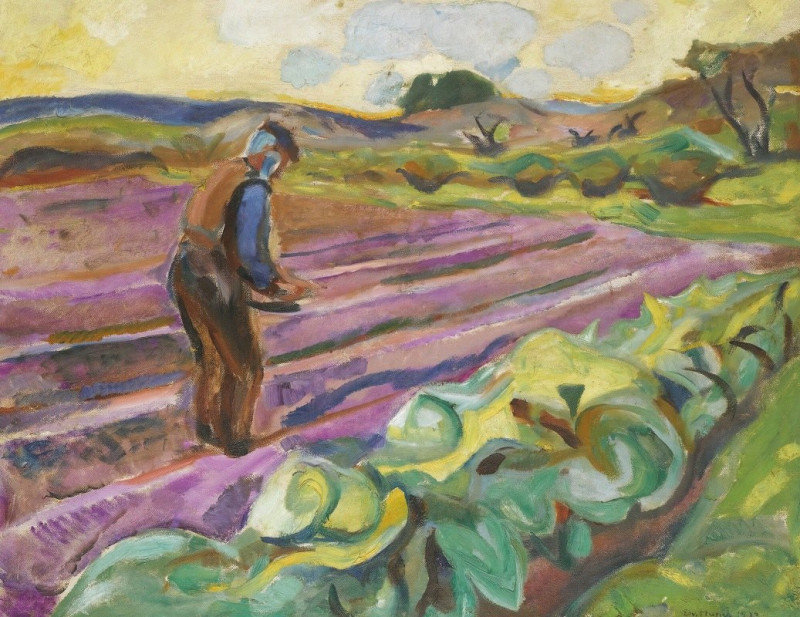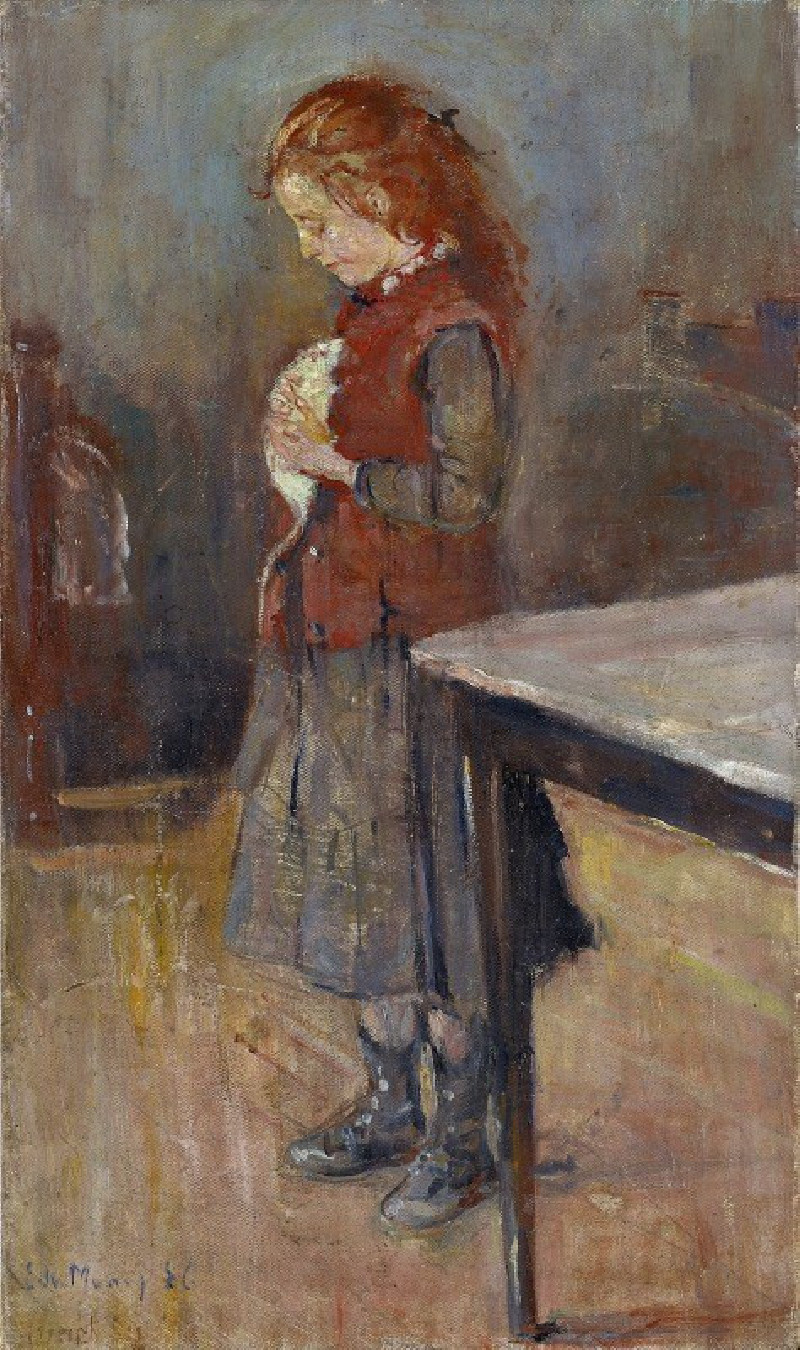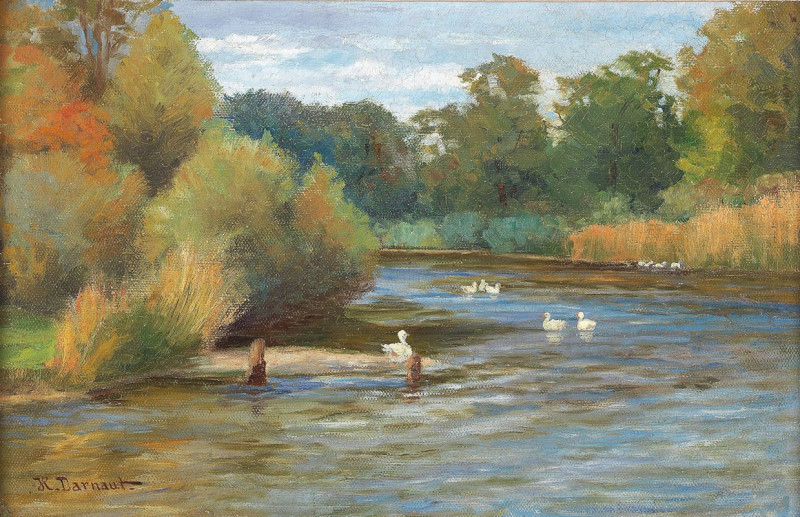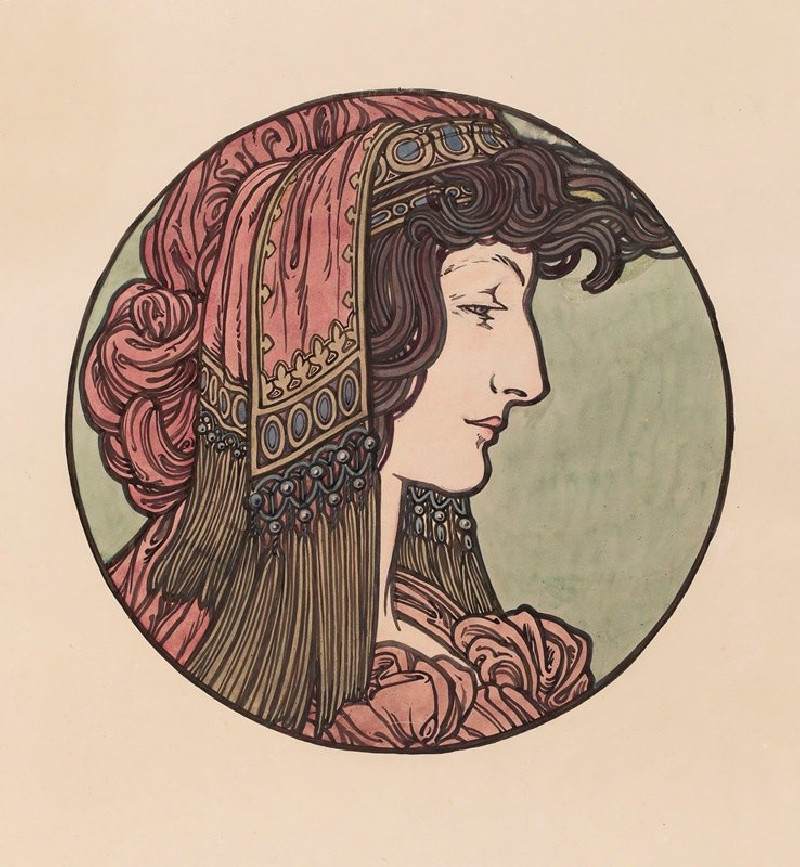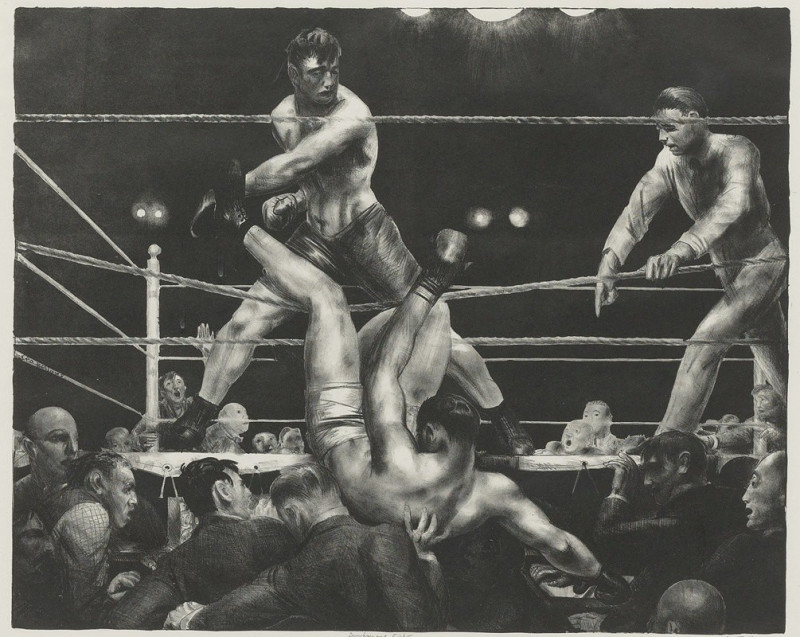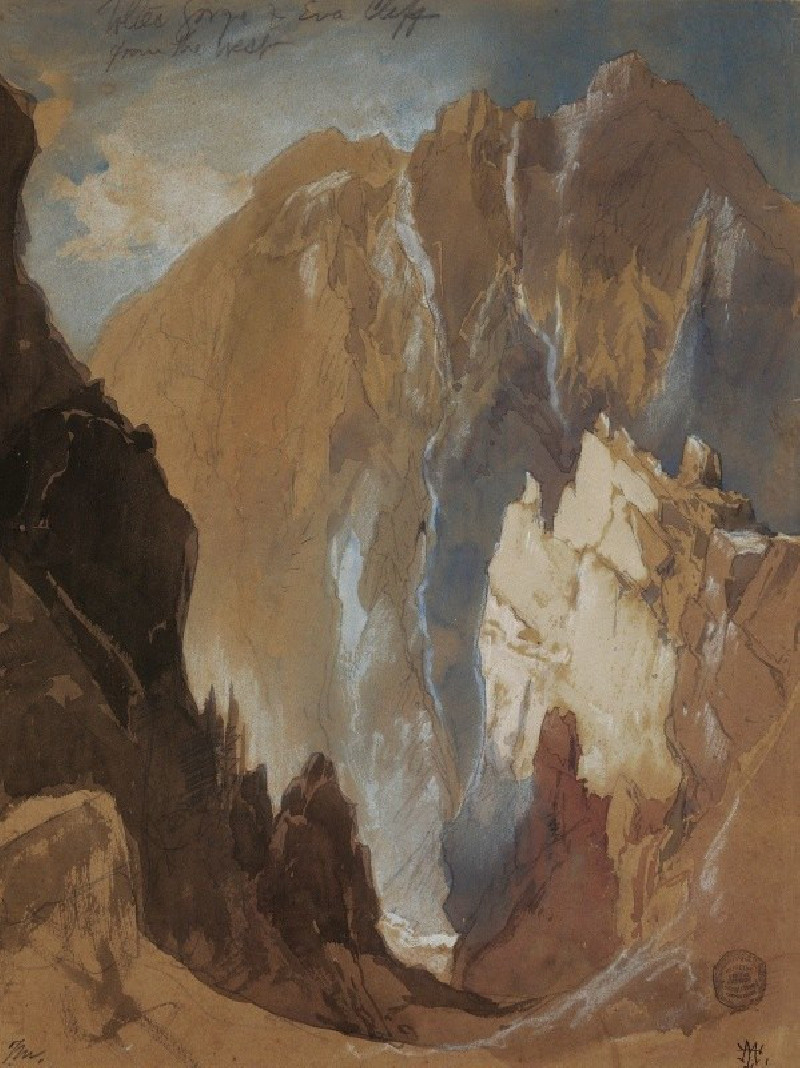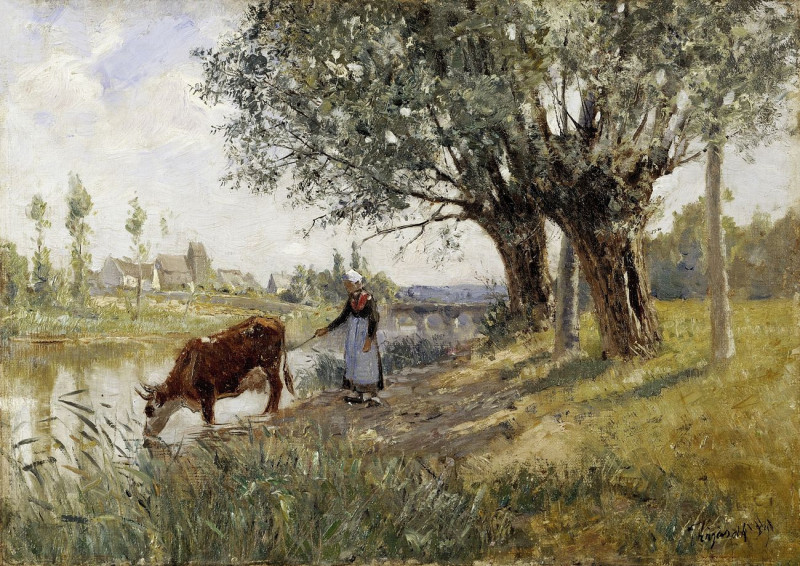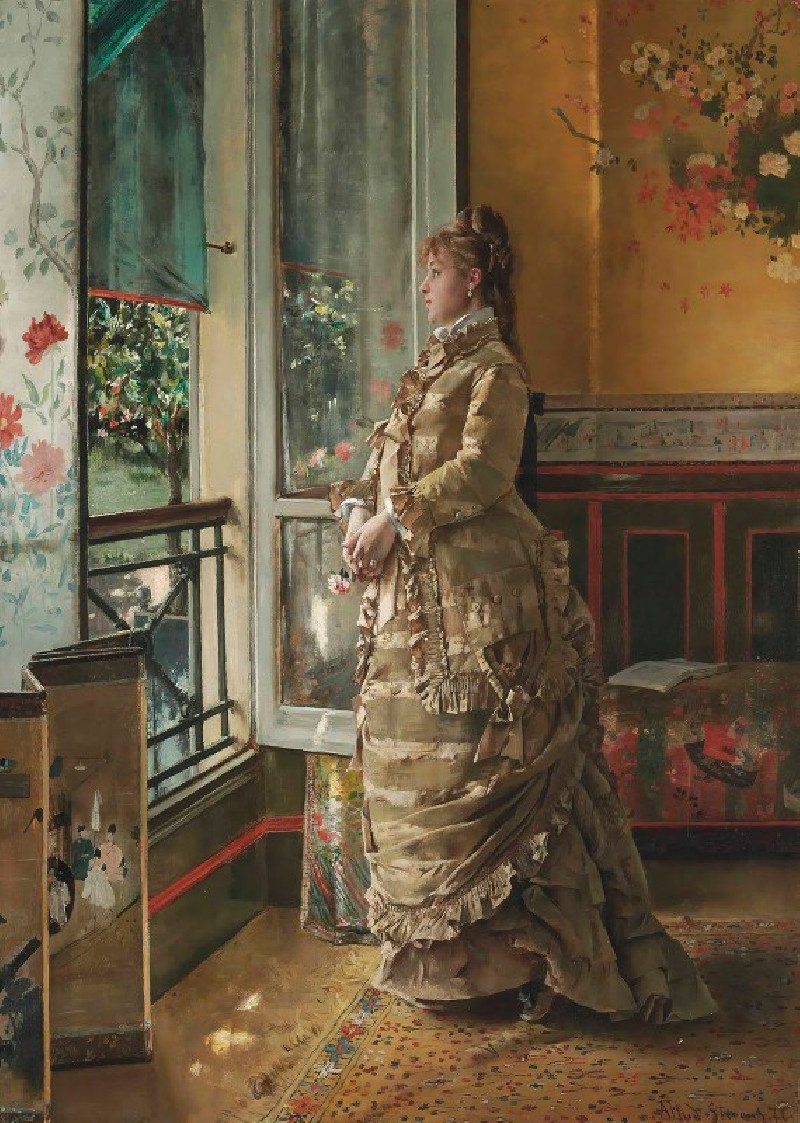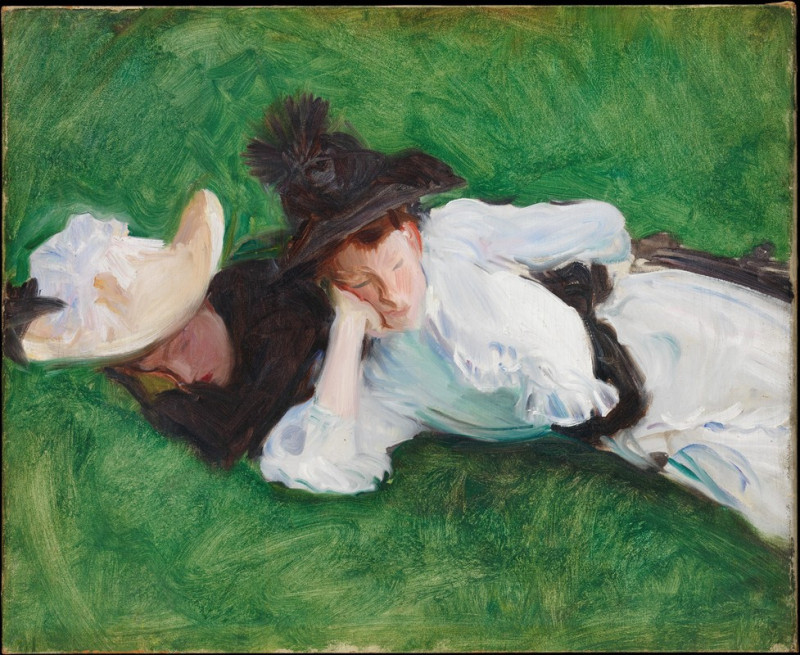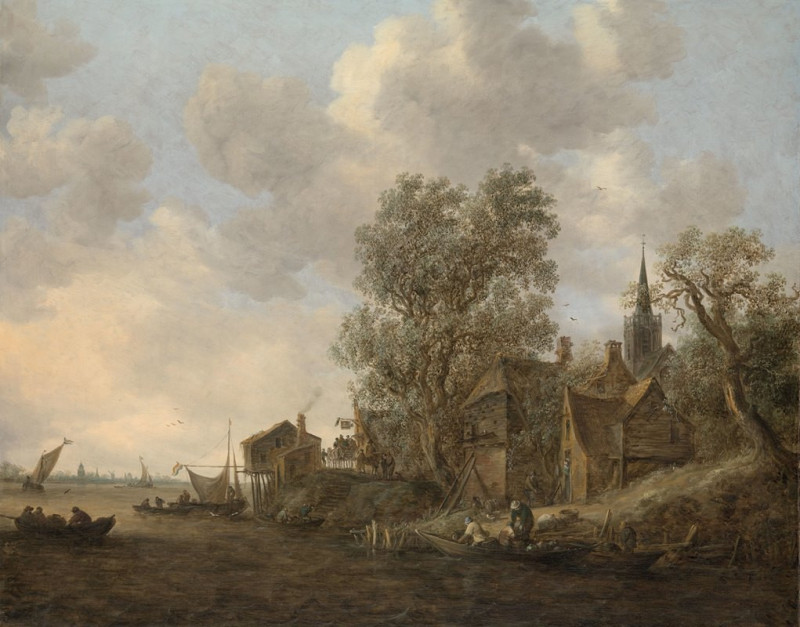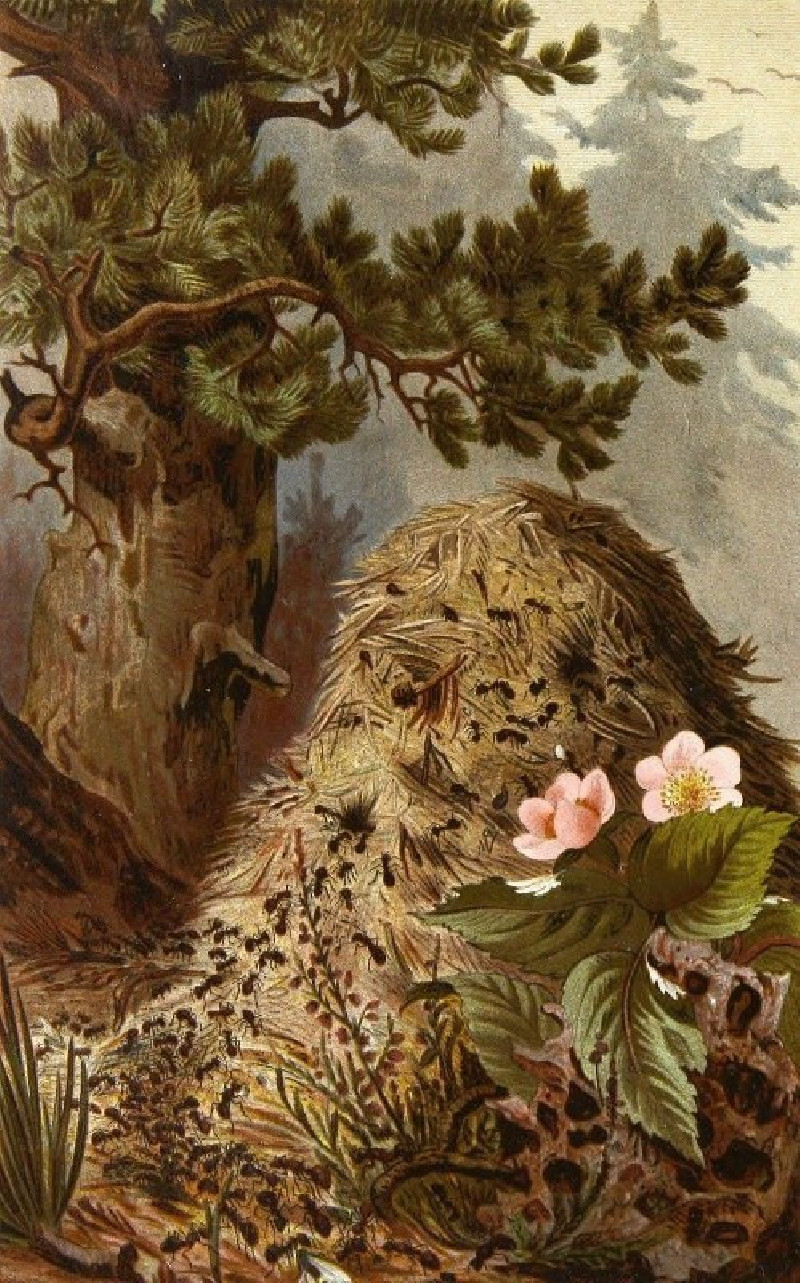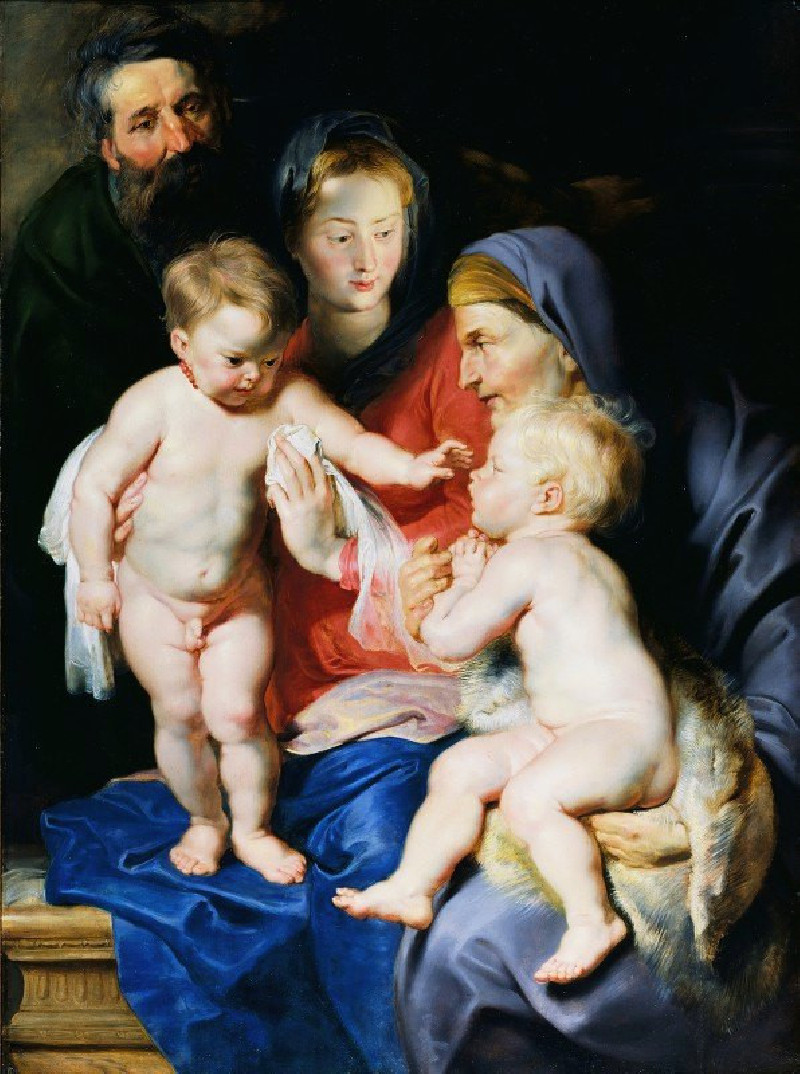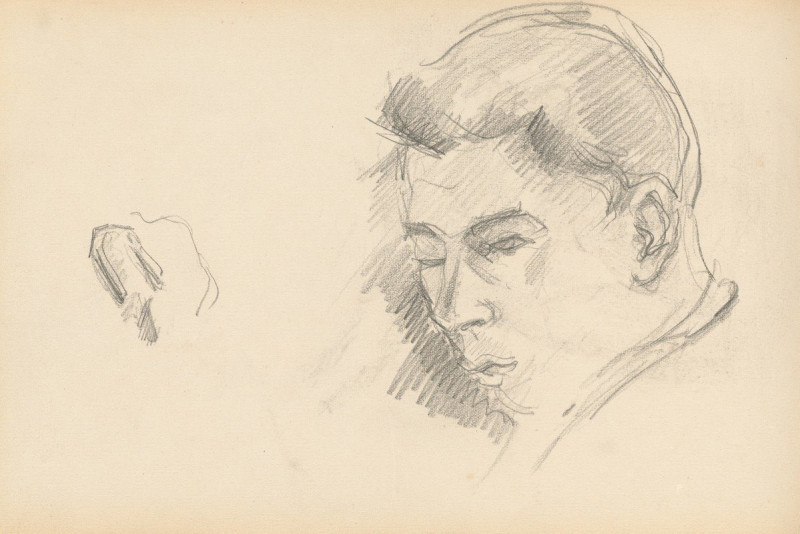Trees By The Canal (1908)
Technique: Giclée quality print
Recommended by our customers
More about this artwork
"Trees By The Canal" by Edvard Munch, painted in 1908, is a vibrant and expressive landscape that captures the essence of a serene environment alongside a canal. In the foreground, a line of vertical trees dominates, their trunks and foliage painted with bold, dark strokes contrasting sharply against the lighter background. These trees lean slightly, guiding the viewer's eye towards the canal and the horizon.The canvas is divided by the path or road beside the canal, which extends into the distance, lined on the other side by softer, less distinct shapes that suggest distant trees or buildings. The pathway and its borders are rendered with curvilinear and diagonally streaked brush strokes, which evoke a sense of movement and flow.The color palette is distinctive with unconventional choices that may suggest different times of the day or atmospheric conditions. The sky is painted with broad, sweeping strokes of blue and white, suggesting a dynamic, perhaps windswept day. The use of greens, blues, and earth tones creates a naturalistic feel, though the intensity and contrast of colors add a dream-like quality typically associated with Munch's style.Overall, the composition conveys a sense of isolation and contemplation, characteristic of Munch's exploration of emotional landscapes and his tendency to infuse scenes with a sense of inner life and mood. This painting does not just depict a physical location but seems to communicate an emotional and psychological state, typical of Munch's symbolist influences.
Delivery
Returns
Edvard Munch (12 December 1863 – 23 January 1944) was a Norwegian painter. His best known work, The Scream (1893), has become one of Western art's most iconic images.
His childhood was overshadowed by illness, bereavement and the dread of inheriting a mental condition that ran in the family. Studying at the Royal School of Art and Design in Kristiania (today's Oslo), Munch began to live a bohemian life under the influence of the nihilist Hans Jæger, who urged him to paint his own emotional and psychological state ('soul painting'); from this emerged his distinctive style.

